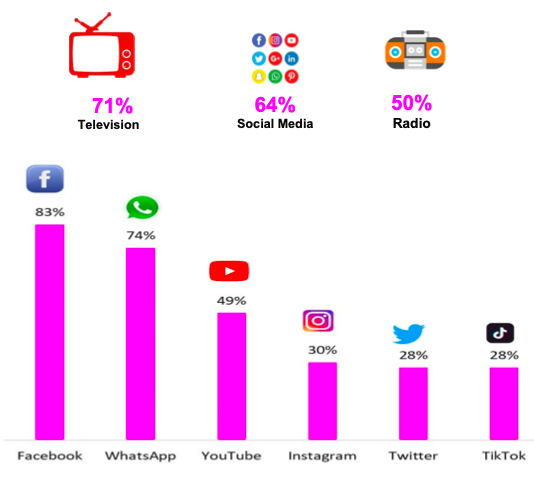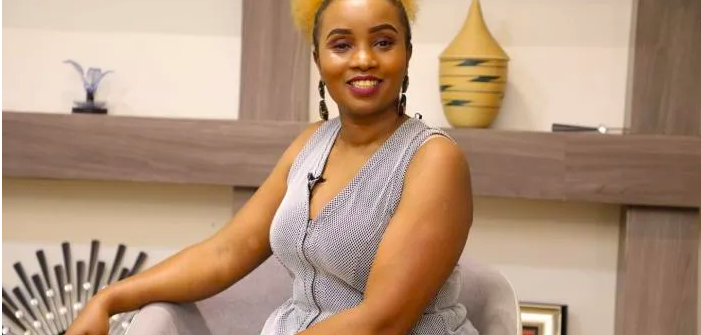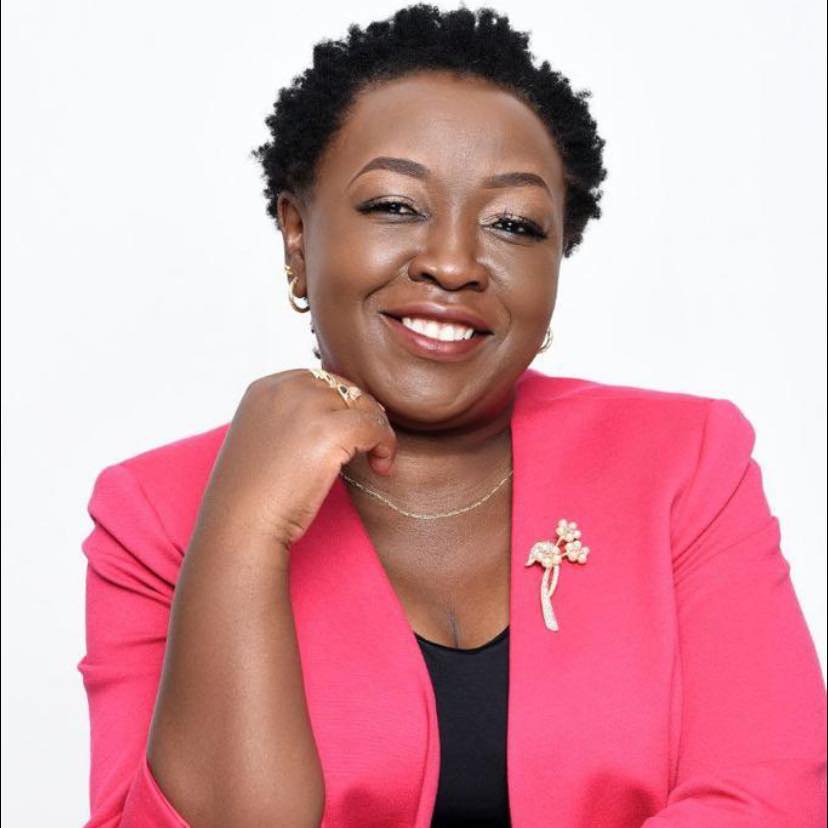By David Bett
Nairobi, Kenya: In the recent past, Journalists and media practitioners have battled to maintain their space in the media industry. Reshuffles, layoffs, and pay cuts have been the order of the day. Big names in the game have suffered blows courtesy of the new media disruption, industry nonconformity, and the oldest word in employment history; ‘Cost cutting.’
Over the past two decades, news organizations and media companies have had to realign themselves to fit into the new media landscape that has tweaked processes such as content production, audience consumption, and revenue generation. All these realignments have condensed journalists and other newsroom workers into casualties of ill outcomes.
These drastic changes have created fear and resulted in a culture of job insecurity among journalists especially those that are yet to equip themselves with the new skill sets.
Media houses might look like they are taking advantage of what is happening from how they are mutating to fit into the new era, but far from it, they are adjusting to make money as well.
“They are in business!”Aggrey Lutsinga, a digital media expert says, “Traditional media has no other option apart from getting into this game to face off with digital platforms that are already winning big”.
He adds that “Media practitioners have been awarded a clear chance to build up themselves by erecting profiles that will turn into brands”. That way, he says, a journalist will be sought after for his skills and a ready audience on relevant platforms.
The digital media curse on traditional practice
For decades, Traditional media has been enjoying the monopoly of airwaves and the audience analysis was not as accurate and timely as it is today in digital media. In fact, one does not need to hire the services of a research firm to know their reach, impressions, and feedback as they are instant with the new media.
Advertisers have learned the power of the digital land and are now dictating terms when striking a deal with media outlets. A good example is the rapidly rising TikTok, a Chinese based platform which has over 2billion downloads, many advertisers are tapping on this platform which is popular among the youth.
However, one has to classify their audience because audiences do not cross-exist. For example, those on Twitter are not the same people you will find on Meta or TikTok. Meta is very popular compared to other platforms owing to the fact that it came to being much earlier. That makes it a suitable place to find audiences aged between 30 to over 50 years. TikTok on the other hand harbors audiences aged between 18 and 24 years. These are some of the factors that an advertiser takes into consideration while segregating their audiences and a product being advertised.

Every Media house has its editorial policies tailor made to suit each newsroom. In most cases, such policies keep on tweaking depending on the economic muscles of the advertisers on board. Specific shows especially those that run during prime hours also inform how a media house will make short-term decisions on specific subjects around a publication before it is aired.
This is where terms like “killing a story” come in based on a culture of ‘you cannot bite a hand that feeds you’ is squarely seated in the media’s space when it comes to news stories and advertisements.
Apart from media houses having their audiences, specific shows have their own ratings and audiences too. These ratings are decoded from the theme of the show, feedback from the audiences, the relevance of guests that are featured, and whether the show meets the audience’s needs.
When this is positive the show’s ratings go up gradually. It is pretty hard for a radio station to tell how many people are listening at a particular time. In this case, a survey has to be conducted out of a sample size of 1,000 listeners.

After hosting two relationship shows on national television and listening to feedback from the audience, Soni Kanake realized that there was a gap that needed her actions. Most of her audiences needed a platform where they could access information and express their views with ease and have their relationship concerns addressed promptly.
“For me, my happiest moment is when a viewer comes to my inbox and shares with me how a certain topic that we discussed on the show helped him. I also link them up with various experts depending on the nature of their issue” says Kanake
Adding “The feedback inspired me to open my own YouTube channel where we discuss intimate matters without fear as the platform was created solely for the talk”.
Currently, her YouTube channel enjoys 200 live views when premiering an episode. The numbers are way better as compared to the previous show on TV, which took a couple of days to hit 1000 views on YouTube.
Journalists as Brands
“It would be prudent to be versatile. Make use of your current platform to build and enhance your brand in the digital space. Once you have a solid brand, it increases your visibility and negotiating power. As long as there is no conflict of interest with your current employer, pursue your passion and create a name for yourself in the digital space,”says Soni.
Media organizations have come to the realization that digital journalism is not just a new kid on the block, but a huge wave that is sweeping all media houses with little or no pity.
But who is a multimedia journalist and what does he or she do differently? Aggrey Lutsinga of Digital Tailor Agencies says “A multimedia journalist is an all-in-one journalist who can perform and amalgamate what a broadcast and a print journalist does and still be relevant in the digital spaces.” he says.
Sadly, the layoff hatchet lands on anyone based on the multimedia aspect irrespective of their brand, social media following, and experience. In the recent past, big names in the Kenyan media industry like Mark Masai, Soni Kanake, and Dennis Okari had to exit their former workplaces despite their influence and the size of their muscle in the industry.
This move, Mark Masai says helped him realize that he is a brand and that he ought to use that to his advantage while embracing the fact that he lost his job. “Having been in the industry for over fifteen years, I understand how to show rating work and how shows that I hosted at my former workplace were performing courtesy of my mass following on social media and the platform I had in the media outlet”, says Masai.

This informed his decision to set up a new digital show alongside Dennis Okari, whose muscle in the game is equally big. The move, according to Masai, saw a mass audience following them to the new digital show, orphaning the previous show.
Mark advises journalists should endeavor to package themselves as digital conformists as early as possible because they already have a brand to sell.
Soni Kanake says, “As an audience, we usually mourn their departure for a short while and move on swiftly. Oftentimes, the new host is quickly embraced by the audience and it is business as usual for the media house. In the few instances where a new host is met with resistance from the audience, they are bashed at the onset, but the resistance gradually wears out. If the journalist who has been laid off is able to reinvent themselves, they can still sustain their presence on social media although it’s not as easy as when they had their former platform. More work is needed”.
The future of journalism students
The new Media disruption came with a tornado that troubled all strings that are attached to the media industry including the journalism curriculum. Today’s Journalism students have to go through a digital ritual. This ritual is surely a form of blessing for today and future media practitioners. It is now paramount for any serious journalist to equip themselves with digital equipment and skills to survive in practice.
According to Prof. Nancy Booker, an Associate professor, and Dean at the Aga Khan University Graduate School of Media and Communication (AKUGSMC), the future of journalism squarely depends on the digital world. She says “All journalism students should be acquainted with digital journalism skills to ensure that they are ready for the market and practice”.
Nearly all traditional journalists have had to dash back to lecture halls and taking short digital courses. Those that have found it hard to dance to the new ritual, have rendered themselves not so useful in the new era.

Soni Kanake believes that Artificial Intelligence (AI) is here and it will indeed turn around things in newsrooms. This means that journalism in the future will most probably be a blend of intelligent machines assisting human journalists. In the wake of Covid19, humanity was forcefully introduced to the world of online opportunities. “Organizations realized that work was doable remotely without a lot of human resources. It would be prudent for future journalists to consider this new normal as a lot is expected of today’s young journalists” says Kanake.
Adding “They need to be versatile and acquire skills to be able to deliver news in the various formats; TV, print, radio, not forgetting online and social media platforms, which many organizations are capitalizing on today,” says Soni.
Students in journalism schools and colleges have no hurdles in the journey like traditional journalists in the field who are unlearning while learning the new craft. Students and newbies had not been introduced to the old art anyway. All they have to do is learn the craft of multimedia journalism right from ‘Alpha to Zulu’ as guided by the military, as there is no other way.
This publication was produced with the financial support of the European Union. Its contents are the sole responsibility of David Bett and do not necessarily reflect the views of the European Union.














